Who owns England? Behind this simple question lies England’s oldest and best-kept secret. It’s a secret that goes back to the Domesday Book. Our guide investigates the history of land ownership in England, including how much is owned privately today.
- Britain’s footpaths: why are so many disappearing and how to save a footpath
- What is common land?
- Restore our missing footpaths, says John Craven
Who owns the land in the UK?
The land area of the UK covers approximately 24.2 million hectares but working out exactly who owns what is not as simple as perhaps it should be. HM Land Registry records ownership of land and property in England and Wales, but its map is far from complete, say campaigners such as Guy Shrubsole (author of Who Owns England?, William Collins), Sioned Haf (from research project Who Owns Wales?) and Andy Wightman (author of The Poor Had no Lawyers: Who Owns Scotland and How They Got It, Birlinn). In addition, the details aren’t readily available to the public and the Registry demands a fee per request for information. So, we are indebted to the work of people such as Shrubsole, Haf and Wightman for shedding some light on a subject shrouded in a fog of money, class and politics.
Why is this important? If it can be established who owns a piece of land, then some bearing can be brought on how it’s managed. For instance, if an area of land is used (or misused) in such a way that it causes serious flooding downstream, it affects the wider community. If the owner can’t be identified, no remedial action can be taken. Shrubsole asserts that the ownership of at least 17% of land in England can’t currently be traced.
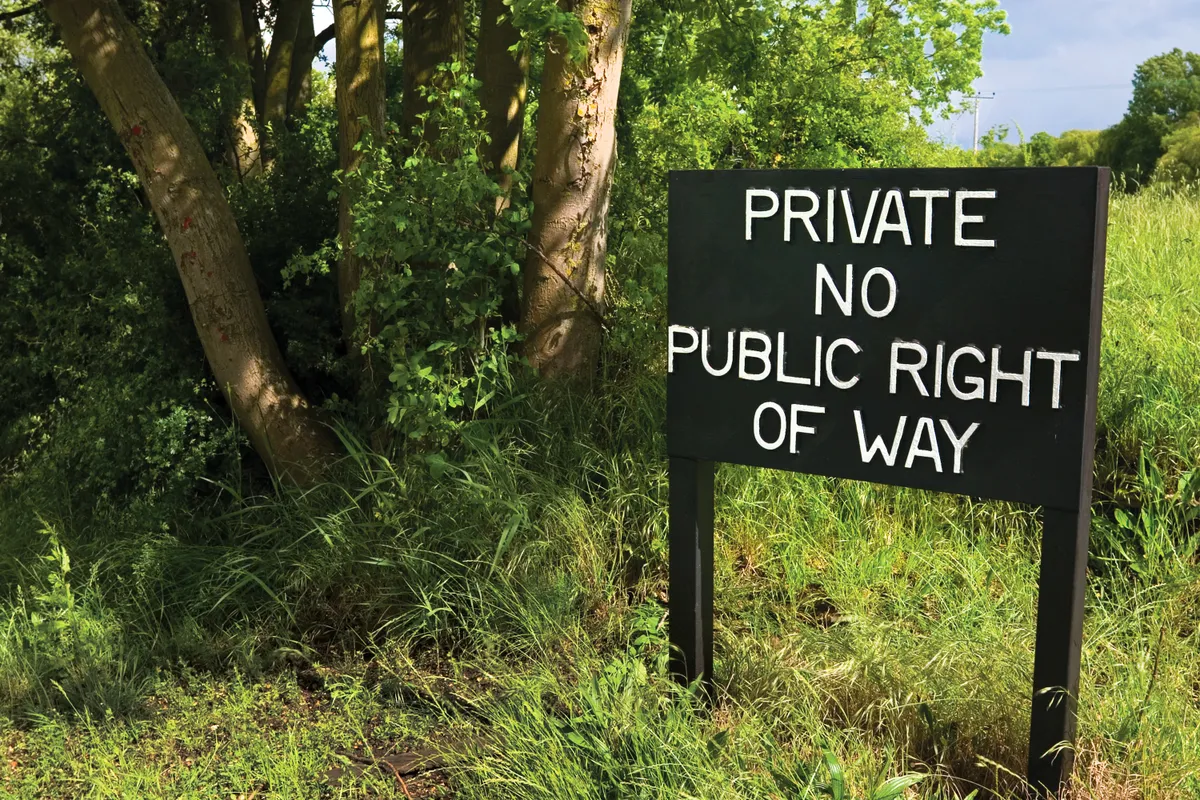
Which public bodies own and manage UK land?
The largest entity owning and managing land in the UK is the Forestry Commission (Forestry and Land Scotland, Forestry England and Natural Resources Wales) – with some 890,000 hectares under its control. The forestry organisations are public bodies and Shrubsole estimates that the entire public sector – including the Ministry of Defence, local authorities, Network Rail and Highways England – accounts for around 8.5% of land in England.
Second is the National Trust and National Trust for Scotland, which owns 330,000 hectares of England, Scotland, Northern Ireland and Wales. But, overall, conservation charities (including the National Trusts) own just 2% of England, Shrubsole finds.
On a par with the charities is the Crown, the Crown Estates, the Duchy of Cornwall and other lands tied to the Royal Family. In England, these holdings come to 1.4% of the land owned. The Church of England, which is often erroneously thought to “The ownership of at least 17% of land in England can’t currently be traced” be Britain’s largest landowner, controls 0.5% of the land of England. This hasn’t stopped campaigners such as Chris Packham calling for church land to be ‘rewilded’ and made more accommodating to wildlife and people as part of his new Wild Card campaign. The naturalist and broadcaster is asking for the church to rewild 30% of its 42,941- hectare estate by 2030, which is in line with the UN’s Global Biodiversity Framework; Wild Card and Christian Climate Action organised a rally outside St Paul’s Cathedral in October 2024 on the issue.
Who's the biggest individual landowner in the UK?
Danish fashion billionaire Anders Holch Povlsen is now regarded as the UK's biggest individual landowner. It was previously Richard Scott, the 10th and current Duke of Buccleuch. Povlsen’s declared deep love for Scotland’s landscapes has led him to acquire 12 estates in Scotland, totalling over 89,000 hectares. He’s not the only newcomer acquiring land in Britain. Numerous financiers, business people and even the rulers of Dubai have bought up land here. In England, campaigner and writer Guy Shrubsole estimates this ‘new money’ accounts for a significant 17% of the land owned.
How to find out who owns land
"I first got interested in trying to find out who owned England when I realised how fiendishly difficult it was to answer such a simple question" says Guy Shrubsole. "What was there to hide, I wondered? A government body dedicated to recording land ownership, the Land Registry, has existed since 1862, yet 157 years later, it’s still not finished the job: 17% of land remains unregistered, the landowners mysteriously declining to reveal themselves. For everything else, the Land Registry charges you £7 to find out who owns a single field or property – and with 24 million land titles in the country, buying the lot would set you back a cool £168 million. Since I didn’t have this cash to spare, my investigations into who owns England have made much use of Freedom of Information requests, estate maps and other work-arounds, plus close collaboration with others interested in this issue, particularly data journalist and computer programmer Anna Powell-Smith."
King William’s legacy – what is the history of land ownership in the England?
"It seems there’s a bit of a taboo around discussing land ownership in England: it’s deemed impolite, the ‘politics of envy’. Yet other countries don’t get so hung up about it. New Zealand, Denmark and the US state of Montana, among others, have all published their maps of land ownership online: why not us?" says Shrubsole.
"The answer, I think, lies deep in our history. Land has always conferred wealth and power, and concealing wealth is part and parcel of preserving it. Large landowners have built high walls around their estates to keep out prying eyes, and resisted efforts by successive governments to reveal quite how much they own. And down through the centuries, from the Norman Conquest to today, land has remained concentrated in the hands of an extraordinarily small elite. Quite how small, I discovered when investigating who owned the county I grew up in, West Berkshire, almost half of which is owned by just 30 landowners. The area’s single largest landowner is its MP, Richard Benyon."
The history of England's land ownership
1066 Norman Conquest
William the Conqueror (right) declares all land belongs to the Crown, and parcels it out to barons and the Church, while keeping an estate for the monarchy. Twenty years later, the Domesday Book forms the first record of land ownership in England, and the only one for the next 800 years.
1500s–1914 Enclosure of the commons
Land used by commoners for grazing and subsistence once covered around 30% of England, but its enclosure by the aristocracy and gentry reduced it to just 3% of the country today.
1649 Aftermath of Civil War
In the aftermath of the Civil War and execution of King Charles I, the Diggers movement, led by Gerard Winstanley, aimed to overturn ideas about the private ownership of land, declaring the Earth to be a “common treasury for all”.
1873 The Victorians’ ‘Second Domesday’
The Return of Owners of Land, reveals that 4,000 lords and gents own half of England, sparking calls for land reform.
Late 1800s – early 1900s Statutory right for food growing
Land reformers bring in legislation that creates statutory right to an allotment for growing food, and sets up the first County Farms to help smallholders into farming. First council houses built.
1919 Timber shortage
Foundation of the Forestry Commission, after the First World War causes a timber shortage. War and rise of the modern state leads to military acquiring large swathes of land for training and weapons testing.
1947 Establishment of modern planning system nationalises development rights over land
For 20 years after the Second World War, councils are allowed to buy land cheaply, sparking the boom in council-house building (right), but landowners succeed in changing land compensation rules.
1979 Publicly owned land starts to be sold off
Start of the great sell-off of publicly owned land under successive governments.
You can access some land across England without having to use paths - this land is known as ‘open access land’ or ‘access land’.
Access land includes mountains, moors, heaths and downs that are privately owned. It also includes common land registered with the local council and some land around the England Coast Path.
Your right to access this land is called the ‘right to roam’, or ‘freedom to roam’.
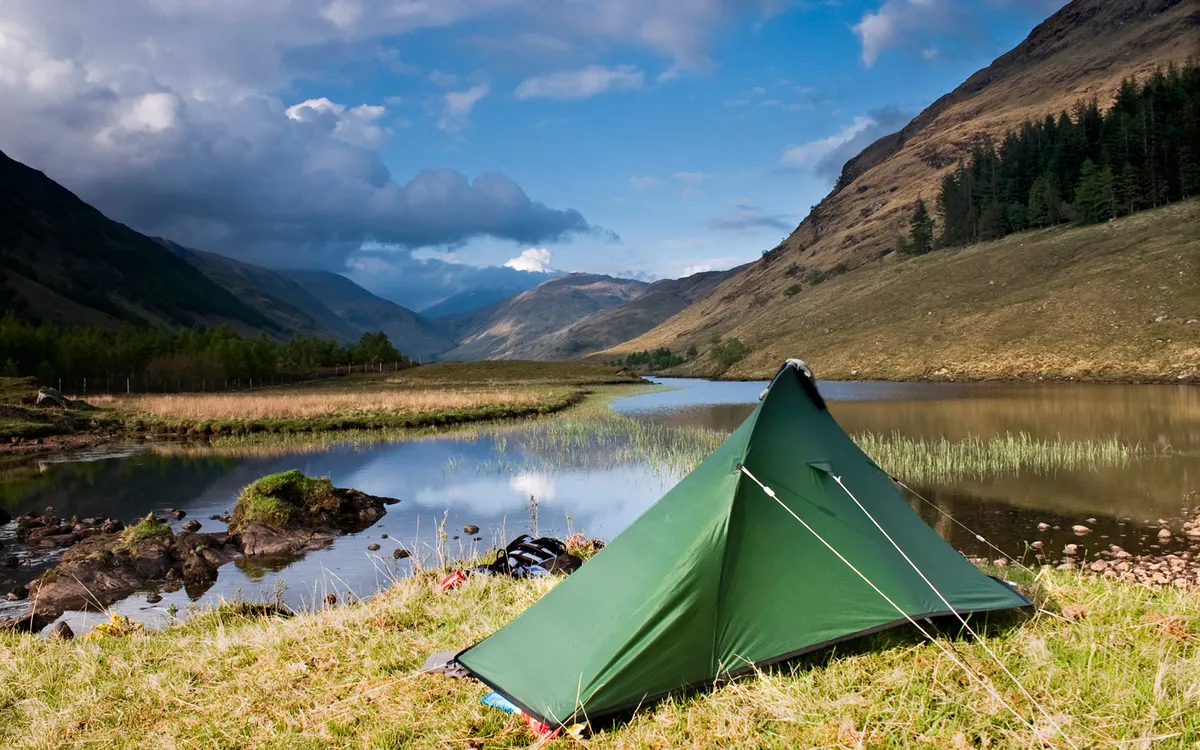
2000 Right to Roam
Countryside and Rights of Way Act creates a partial Right to Roam over around 10% of England and Wales, mostly in uplands and around coasts.

2003 Right to Roam across Scotland and Community Right to Buy
First Scottish Land Reform Act creates a full Right to Roam across Scotland and brings in Community Right to Buy, enabling many communities to buy back land from absentee landowners.
2003 Peak home ownership
Home ownership levels hit a peak, with 71% of homes in England owned outright or with a mortgage, before going into decline. Start of the present housing crisis; rise of ‘generation rent’.
Who owns what?
The Crown Estate owns London’s Regent Street, including the freehold for Apple’s flagship UK store, from which the Crown collects more rent than from all its agricultural land.
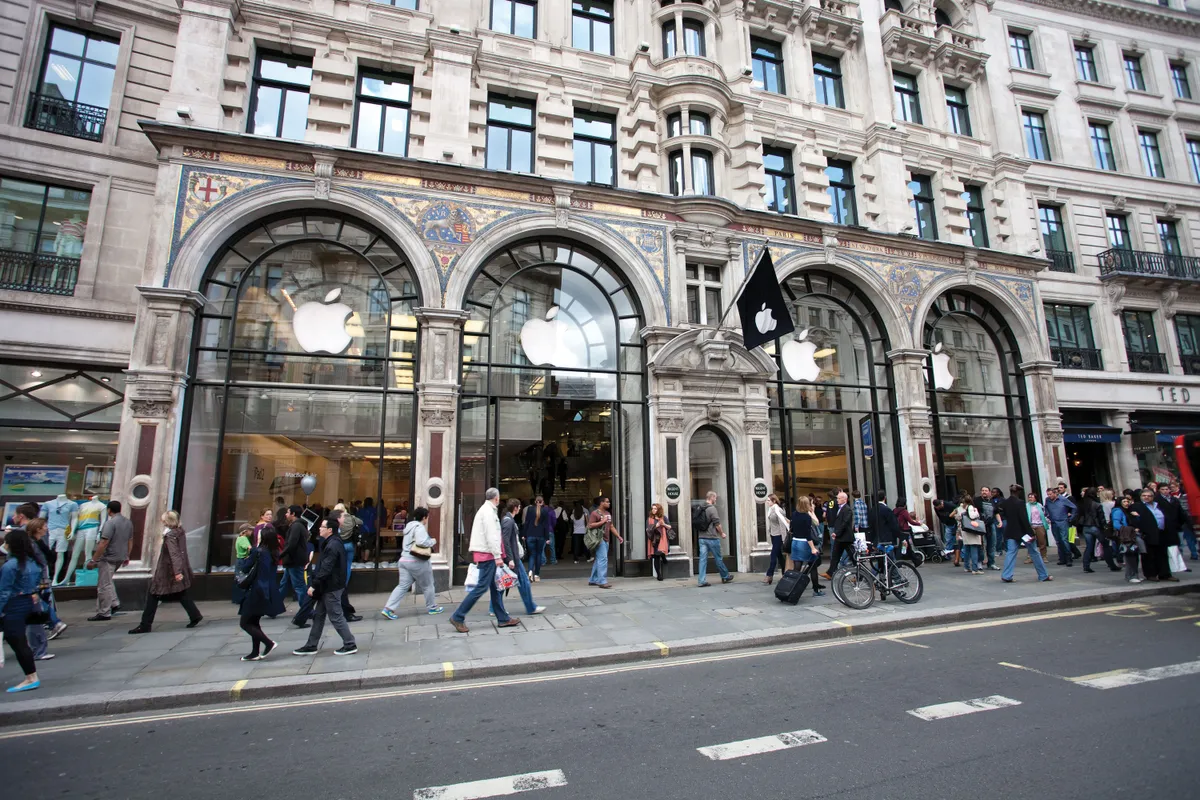
The Duke of Westminster’s trusts own Abbeystead Estate in Lancashire, a huge grouse moor that covers much of the Forest of Bowland.
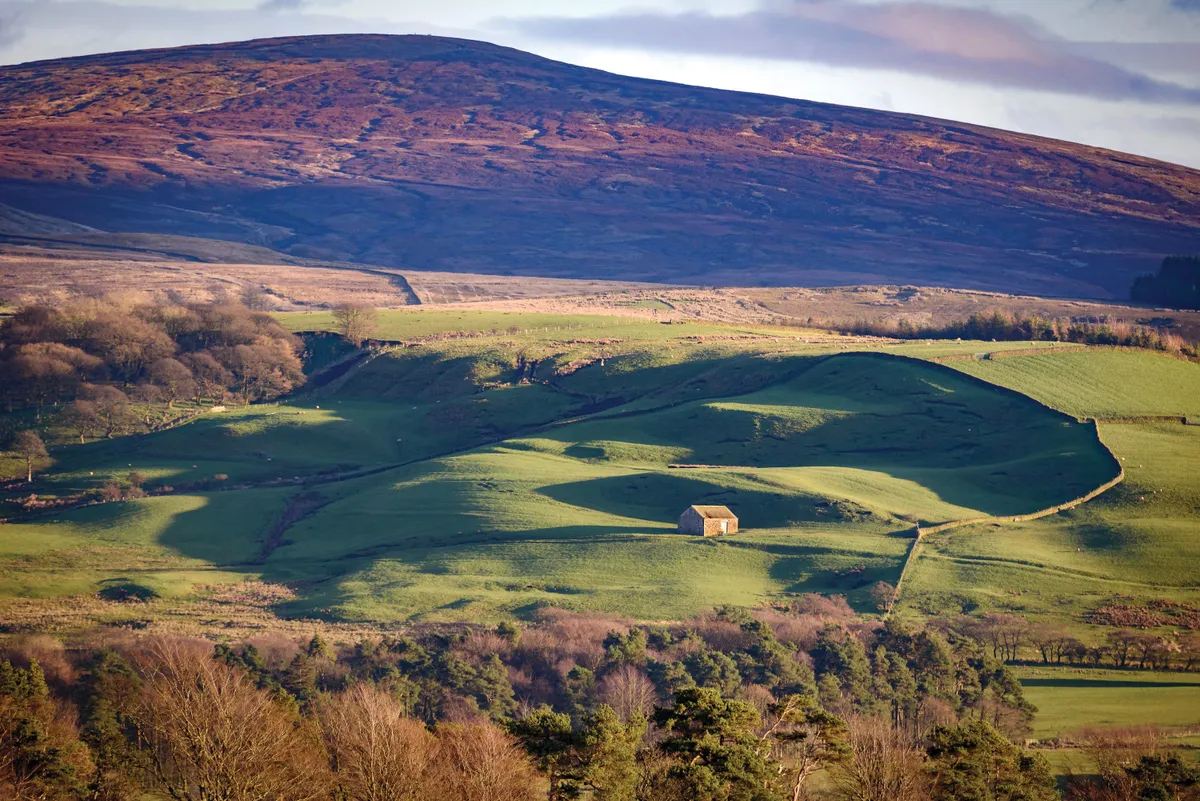
The National Trust owns around a fifth of the Lake District National Park in Cumbria.
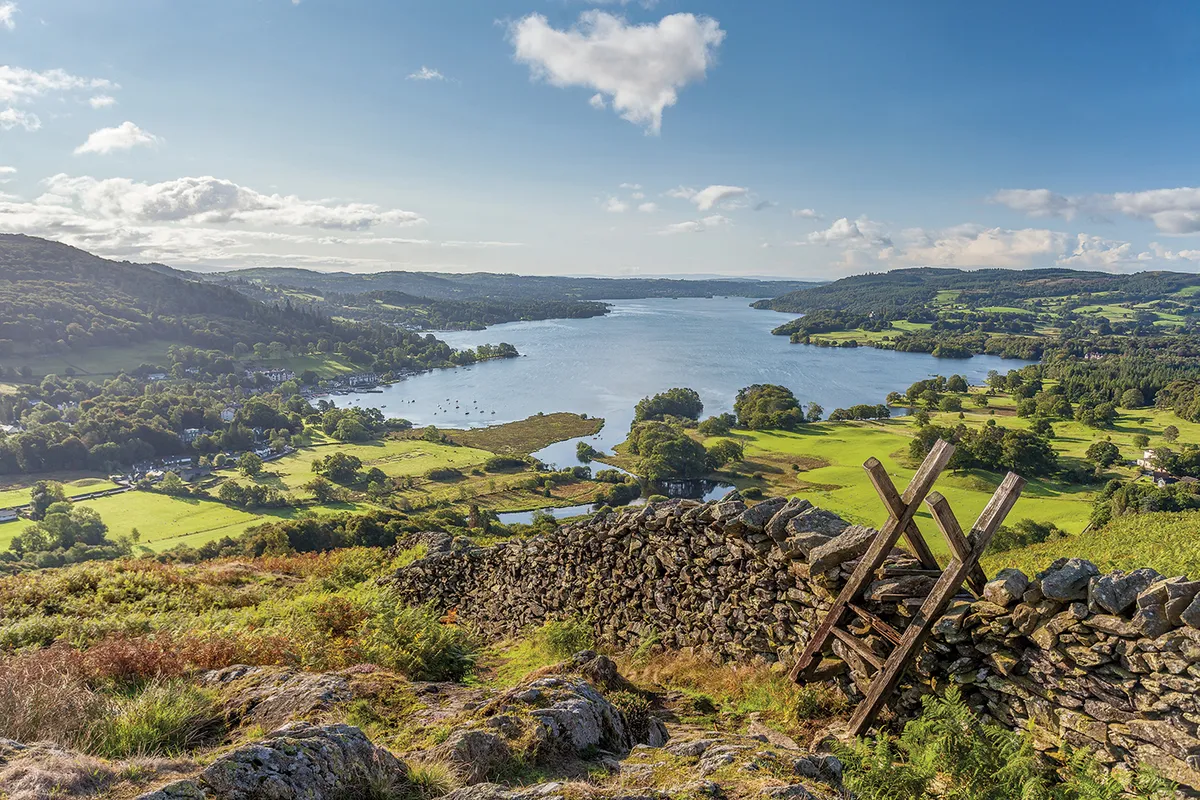
The Duchy of Cornwall owns London’s Oval Cricket Ground and some of Ham Hill in Somerset.
Paternoster Square in the City of London, home of the London Stock Exchange, is owned by the Church Commissioners.
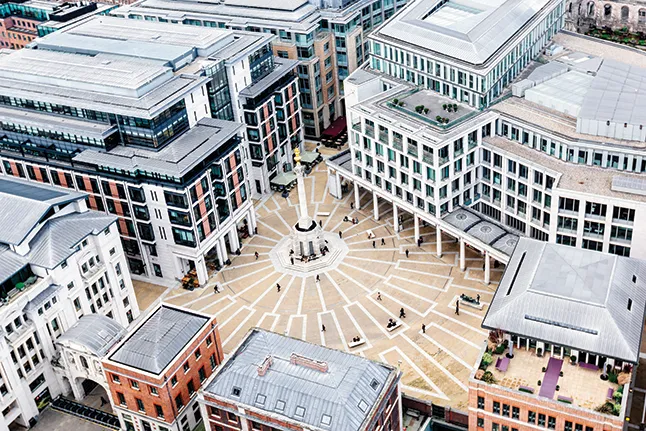
Who owns the Houses of Parliament?
The monarch was excluded from entering the House of Commons after the Civil War, but the Crown still owns the freehold; it’s the site of the old Palace of Westminster after all.
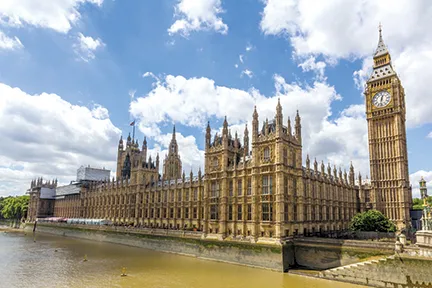
A call for land reform debate
"Politicians have sometimes claimed that we live in a property-owning democracy. But though there’s been a big increase in the number of people owning homes in the past century, homeowners own just 5% of England, and home ownership has been in decline since 2003. My investigations have led me to conclude that – by contrast – an elite of less than 1% of the population owns half of England. A few thousand dukes, baronets and City bankers own far more land than all of Middle England put together," says Shrubsole.
"It’s time we had a serious debate about land reform in England. Scotland has been having one for the past 20 years, since devolution, in which time it has given communities the right to buy back land from absentee landowners, and established a full Right to Roam across all uncultivated land. Many housing experts are starting to recommend that councils should be allowed to buy land cheaply again, like they could for a while after the Second World War, as a way to resolve the present housing crisis.
"Most fundamentally, surely the time has come to draw back the cloak of secrecy that has shrouded land ownership in England. It’s high time the Government opened up the Land Registry, forced it to complete its founding mission, and told us who owns England."
Guy Shrubsole is a campaigner and investigator at Friends of the Earth. His book Who Owns England? published by William Collins, is out now.
More related content

